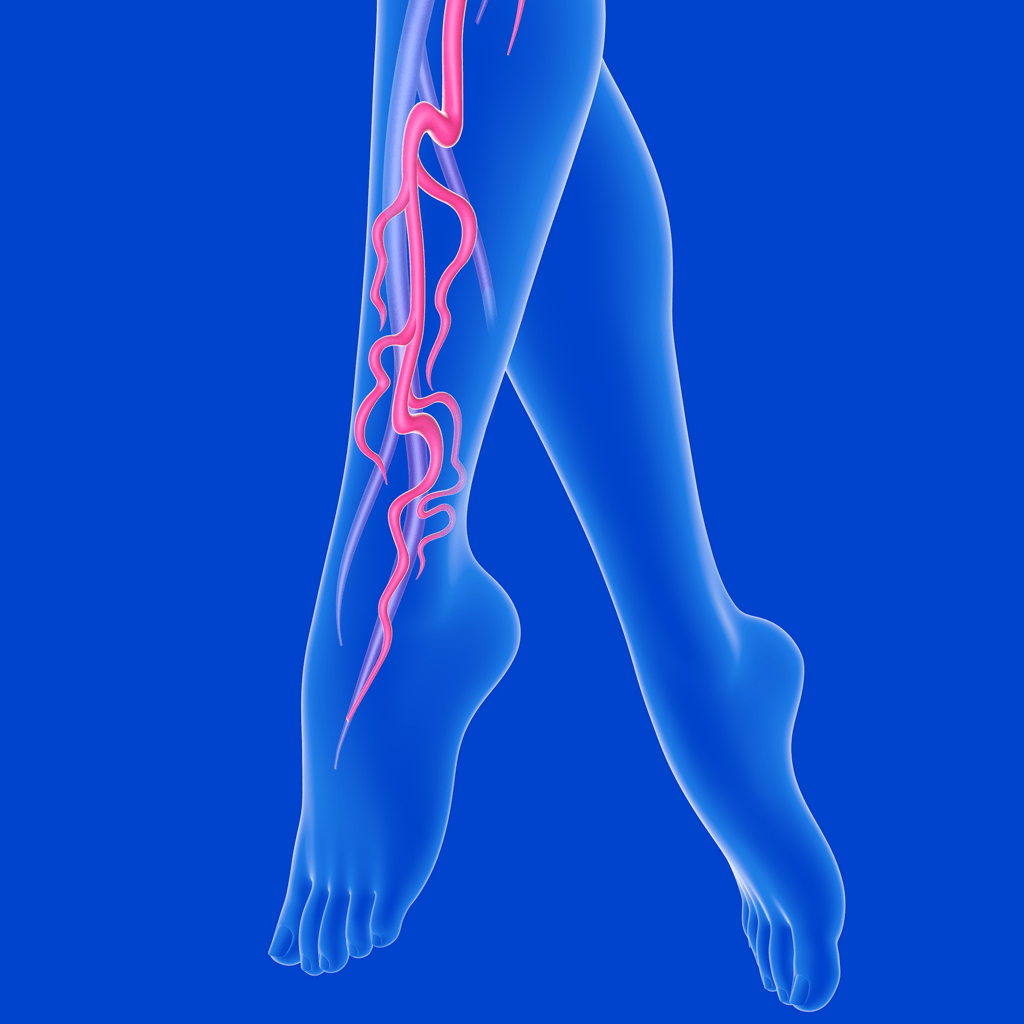
What are the Signs and Symptoms of Peripheral Artery Disease?
April 18, 2025
Peripheral Artery Disease (PAD) is a common but often overlooked condition that affects millions of people worldwide. According to the Society for Cardiovascular Angiography & Interventions President George D. Dangas: “1 in 20 Americans over 50 years of age experience PAD.” It occurs when the arteries in the legs or other areas of the body become narrowed or blocked due to a buildup of fatty deposits, restricting blood flow. Recognizing the symptoms of peripheral artery disease is crucial for early diagnosis and treatment, which can prevent complications and improve quality of life.
Common Symptoms of Peripheral Artery Disease
- Leg Pain While Walking: One of the hallmark symptoms of peripheral artery disease is intermittent claudication. This refers to muscle pain or cramping in the legs or hips that occurs during physical activity, such as walking or climbing stairs, and eases with rest. The pain is often described as aching, heaviness, or fatigue in the muscles and is caused by reduced blood flow to the limbs.
- Leg Numbness or Weakness: PAD can also cause a sensation of numbness or weakness in the legs, particularly during exertion. This occurs because the muscles are not receiving enough oxygen-rich blood to function properly.
- Coldness in the Lower Leg or Foot: Another symptom of PAD is a noticeable difference in temperature between the affected limb and the rest of the body. A leg or foot may feel significantly colder than the other due to poor circulation.
- Sores or Wounds That Heal Slowly: Reduced blood flow can impair the body’s ability to heal. People with PAD often experience sores, ulcers, or cuts on their feet or legs that heal more slowly than expected. In severe cases, these wounds can become infected or lead to tissue damage.
- Changes in Skin or Nails: Peripheral artery disease can cause visible changes to the skin and nails. The skin on the legs may appear shiny, discolored, or pale, and toenails may become brittle or grow more slowly.
- Loss of Hair on the Legs: Poor blood flow can affect hair growth, leading to thinning or loss of hair on the legs or feet.
- Pain at Rest: In more advanced cases of PAD, people may experience pain in their feet or legs even while at rest. This often occurs at night when lying down and may be relieved by dangling the legs off the side of the bed to improve circulation.
When to See a Doctor for PAD
If you experience any of these symptoms of peripheral artery disease, it is important to consult a healthcare professional. Early diagnosis and treatment can help manage symptoms and reduce the risk of serious complications, such as heart attack, stroke, or limb amputation.
Treatment for PAD often involves conservative treatments like lifestyle changes like quitting smoking, exercising regularly, and following a healthy diet. In some cases, medications or procedures may be necessary to restore proper blood flow.
NVP has physicians specializing in diagnosing PAD. If an intervention is needed, NVP physicians can treat most conditions in our outpatient facility.
Contact us today to see how we can help! You deserve it to feel good about your legs!



